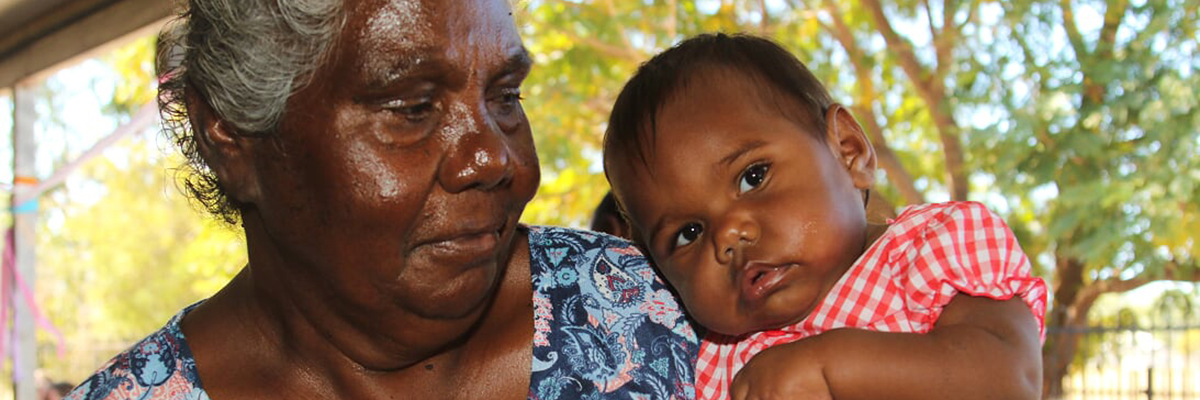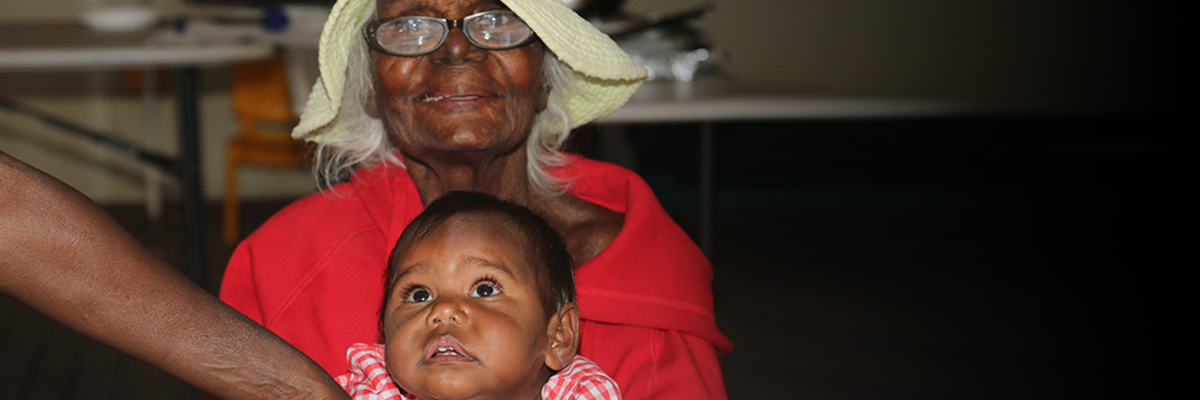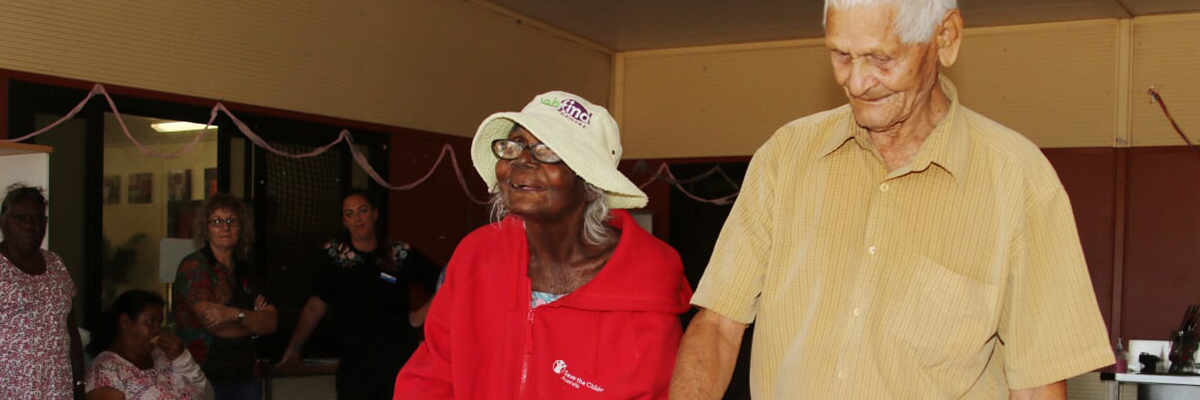This Saturday, 4 August, is National Aboriginal and Torres Strait Islander Children’s Day.
It’s a day for Aboriginal and Torres Strait Islander families to celebrate the strengths and culture of their children. And it’s a day for all Australians to show their support, while also learning about the crucial impact that community, culture and family play in the life of every Aboriginal and Torres Strait Islander child.
Coordinated by SNAICC – National Voice for our Children, this significant day was founded in 1988. Set to a backdrop of protests led by Aboriginal and Torres Strait Islander people and their supporters during the bicentennial year, the day was established to celebrate Aboriginal and Torres Strait Islander children – some who had never known or celebrated their own birthday. The day was to give them confidence and to make them feel special and included.
Appropriately, this year’s theme is SNAICC – Celebrating Our Children for 30 Years.

Welcome Baby to Country
Aboriginal and Torres Strait Islander children are the youngest people from the longest-living culture in the world. It’s a culture steeped in rich traditions, lore and customs that have been passed down from generation to generation.
One custom is the ‘Welcome Baby to Country’, which celebrates the birth of Aboriginal and Torres Strait Islander children born on country (their homeland), along with children of traditional owners born off country.
This special cultural and community ceremony performed by Elders gives light to the importance of identity – knowing where you come from – and the importance of being able to flourish through culture, connection and love.
For the past three years at our Dumaji Children and Family Centre, Save the Children – in partnership with the Royal Flying Doctor Service and Queensland Health – has hosted an annual Welcome to Country for Doomadgee babies.

A remote community in Queensland’s Gulf, Doomadgee has a population of around 1,500 people. It also has a local hospital but, in such an isolated location, it’s a small hospital without a maternity unit. Most mothers leave Doomadgee – and their families – at 34 weeks so they can deliver their babies at the Mount Isa hospital, which is better equipped to handle the emergencies that can come with childbirth.
It’s a necessary precaution, but it means most babies are born off country, giving extra resonance to the Welcome Baby to Country. Performed by the Elders of the three Doomadgee clans – Gangallida, Garawa and Waanyi – the ceremony welcomes the children back to their homelands, bestowing them with permission to partake in community activities, as well as a certificate and presents.
An extra special welcome
It’s a culturally important and powerful ceremony, but this year there was something extra special about the Welcome Baby to Country.

In late June, Elders Aunty April Peter and Uncle Tom O’Keefe welcomed 12 beautiful babies back to Doomadgee. But two of the babies – a girl and a boy – were born on country, simply because of their impatience to enter the world.
Aunty April, a proud Garawa woman, has been involved in all three ceremonies but for Uncle Tom, a proud Waanyi man, this was his first. In fact, it’s the first time a man has ever been involved in a Welcome to Country for Doomadgee babies.
Isabel Toby, the Manager at our Dumaji Children and Family Centre, says the ceremonies are a proud moment for everyone – the parents, the Elders, the community and Save the Children staff.
“I’ve worked at the centre for seven years and I’ve seen lots of babies over that time,” Isabel says. “It [the ceremony] really brings back pride in culture and ownership and identity – it’s extremely special and unifying for everyone.”
Photography courtesy of Milly Moments Photography